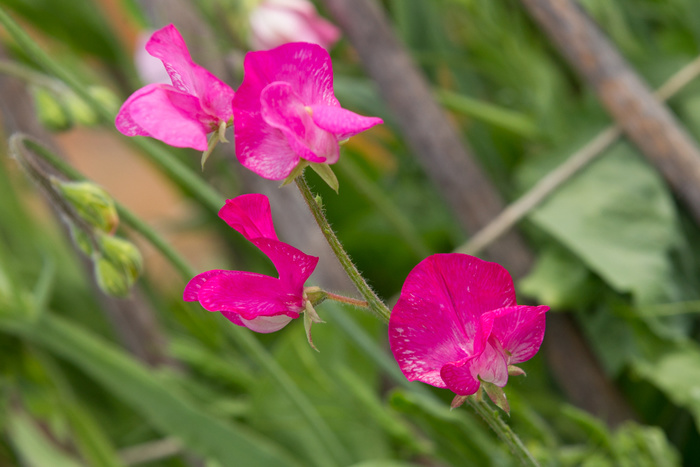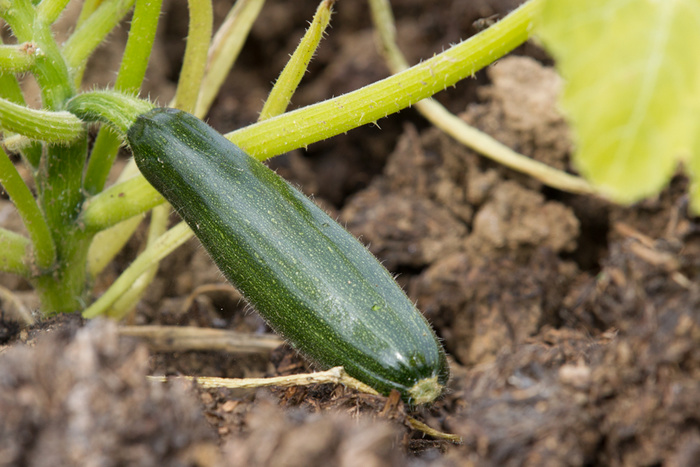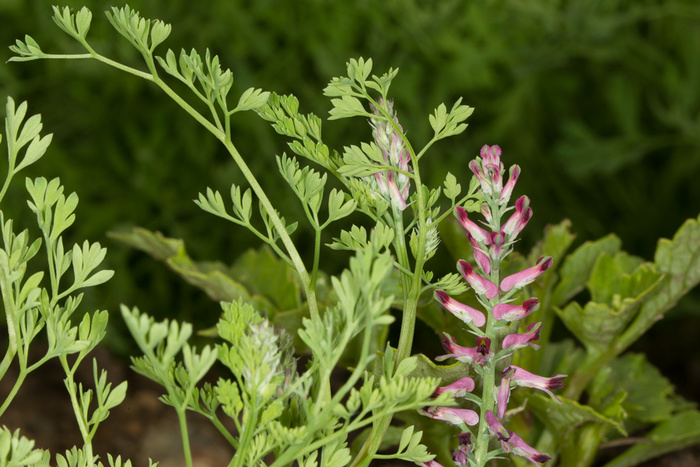The Novice growers disappointment.
12th June 2016
In: Project 63

Project 63 now has some colour, plenty of growth, and this all coincides with lots of colour around the rest of the allotment site.
For the novice grower there is a lot to be excited about: the potatoes seem to be doing well, and have flowers; the sweet peas are starting to flower, all of which adds colour to the plot, and amazingly we have our first courgette.

However, amongst all this good news is some disappointment. An earlier blog highlighted the fact that we had some magic carrots that had seemingly absconded and determined to grow outside of where they were sown. Alas this rather romantic notion was dashed this weekend when the plants that were supposed to be the projects answer to Jack and the Beanstalk produced some flowers, which could be immediately identified as Fumitory, and viewed as a weed to most.

- not magic carrots, after all, but a plant called Fumitory -
Common fumitory has been used medicinally, as can be seen from its old Finnish name and its scientific species name officinalis. A century and a half ago folk medicine was highly nuanced, and common fumitory was used to treat stomach and gall problems, haemorrhoids, migraines, bad blood, and a host of other conditions. Folk healers had to be very careful with common fumitory: its stems are poisonous and the fumarin that they contain can affect patients very differently in different dosages.
Nowadays common fumitory is generally regarded as a weed, although its red flowers make it an attractive annual in fields and gardens. The species’ seeds germinate early in the spring and the plant might begin to flower already in June. It can stand frost long into the autumn. Despite being common, the plant hides itself so well among other vegetation that it isn’t easy to find. It often goes unnoticed by insects too and has to self-pollinate in order to produce seeds.
Information from a web site called Nature Gate.
None the less, it had to go, and now in the place of magic carrots, have planted some dahlias.
From a photographer's perspective the success of the plot naturally encourages lots of insects, some of whom we would consider to be friendly, particularly those that feast on all those beasties that allotment holders wage a constant battle against (green fly, black fly and other), and the flowering plants, including comfrey encourage the bees and pollinators. Check in for future posts for further wildlife updates.
So Fumitory can be formerly added to our rogues gallery, or our collection of 'know your enemy'.